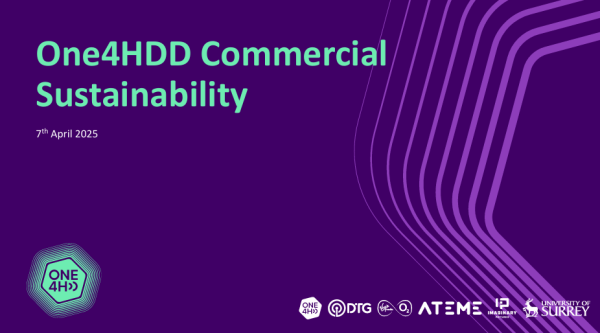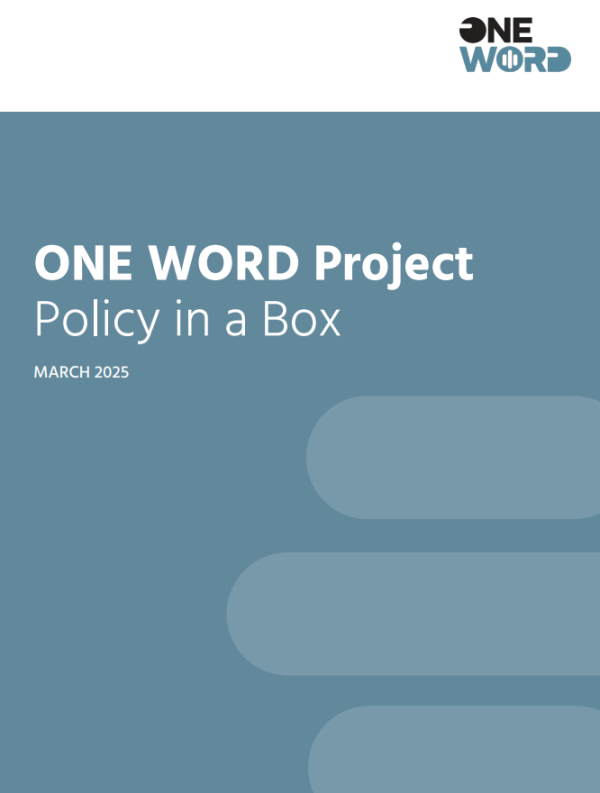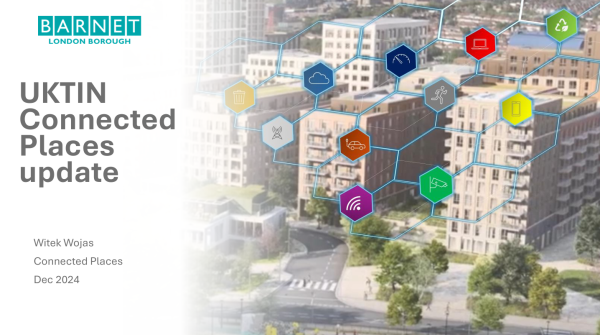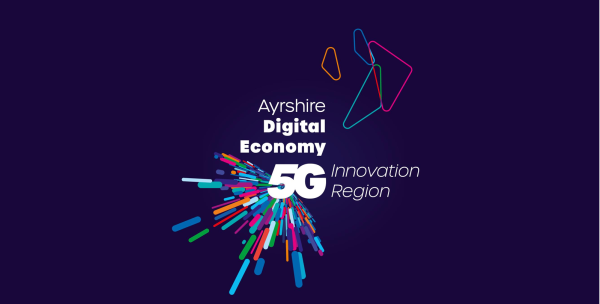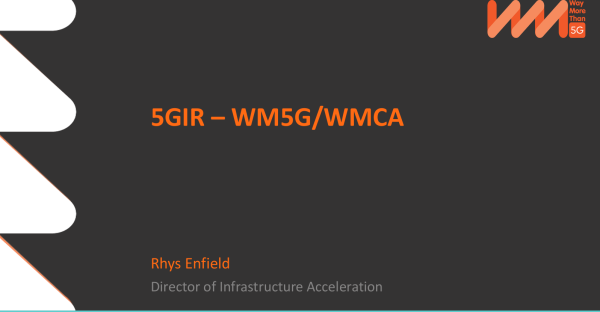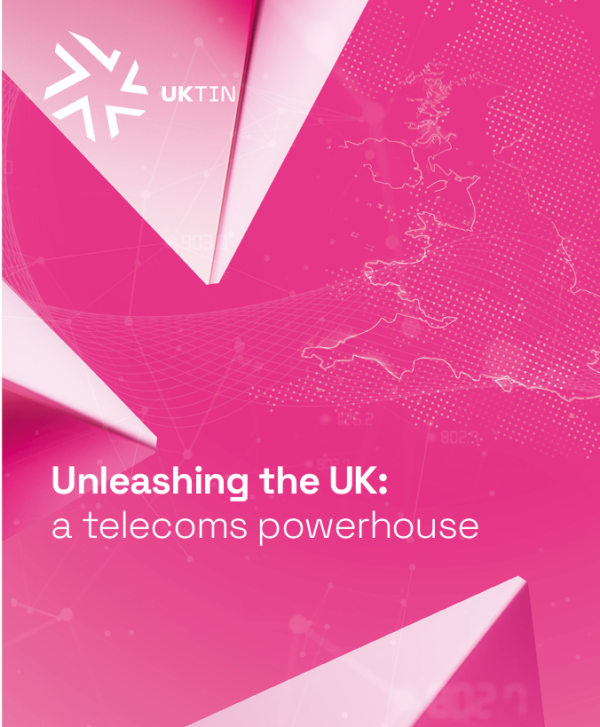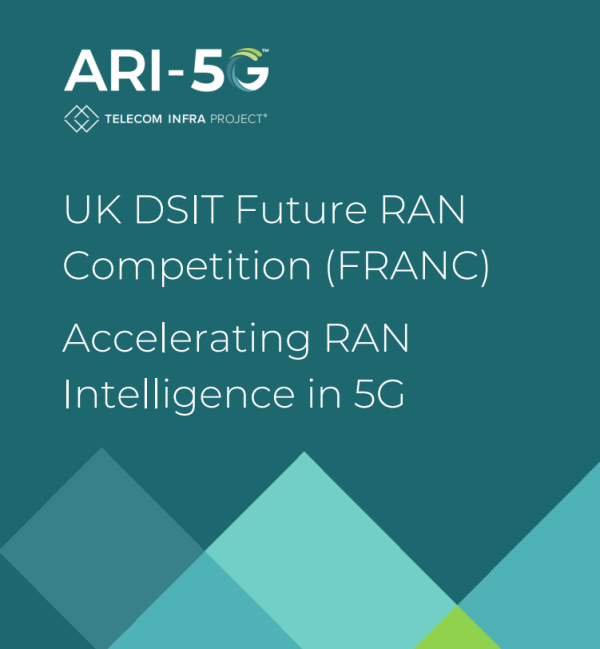Report
The role of the Radiocommunication Sector is to ensure the rational, equitable, efficient and economical use of the radio- frequency spectrum by all radiocommunication services.
Foreword
The role of the Radiocommunication Sector is to ensure the rational, equitable, efficient and economical use of the radio- frequency spectrum by all radiocommunication services, including satellite services, and carry out studies without limit of frequency range on the basis of which Recommendations are adopted.
The regulatory and policy functions of the Radiocommunication Sector are performed by World and Regional Radiocommunication Conferences and Radiocommunication Assemblies supported by Study Groups.
Introduction
International Mobile Telecommunications (IMT) systems are mobile broadband systems encompassing IMT-2000, IMT-Advanced and IMT-2020.
IMT-2000 provides access through one or more radio links to a wide range of telecommunications services supported by fixed telecommunications networks (e.g. public switched telecommunication network (PSTN)/Internet) and other services specific to mobile users. Since the year 2000, IMT-2000 has continuously improved. Recommendation ITU-R M.1457, which provides the detailed radio interface specifications for IMT-2000, has also been updated accordingly. New features and technologies have been introduced to improve the capabilities of IMT-2000.
IMT-Advanced is a mobile system that can support high-quality multimedia applications across a wide range of services and platforms. The system provides a significant improvement in performance and quality relative to IMT-2000. IMT-Advanced systems can operate in low to high mobility conditions over a wide range of data rates in multiple user environments according to user and service demands. Such systems provide access to a wide range of telecommunication services, including advanced mobile services, which are supported by packet-based mobile and fixed networks. Recommendation ITU-R M.2012 provides the detailed radio interface specifications of IMT-Advanced, and it also has been updated accordingly.
IMT-2020 includes new capabilities of IMT that go beyond those of IMT-2000 and IMT-Advanced. These new capabilities make IMT systems more efficient, fast, flexible and reliable when providing a variety of services. Diverse usage scenarios were introduced in IMT-2020 such as enhanced mobile broadband (eMBB), ultra-reliable low-latency communications (URLLC) and massive machine-type communications (mMTC). Besides significantly enhancing the data rate and mobility provided in IMT-Advanced, IMT-2020 introduced advantages such as spectrum efficiency, latency, reliability, connection density, energy efficiency and area traffic capacity to efficiently support emerging usage scenarios and applications. Recommendation ITU-R M.2150 provides the detailed radio interface specifications of IMT-2020.
ITU-R studied technology trends that led to the development of IMT-Advanced and IMT-2020, and the results were documented in Reports ITU-R M.2038 and ITU-R M.2320, respectively. Since the publication of Report ITU-R M.2320 in 2014, there have been significant advances in IMT technologies and the deployment of IMT systems. The capabilities of IMT systems are being continuously updated in line with user trends and technological developments. Accordingly, this Report provides information on the technology trends of terrestrial IMT systems considering the time frame up to 2030 and beyond such as emerging technology trends and enablers, technologies to enhance the radio interface, and technology enablers to enhance the radio network.

